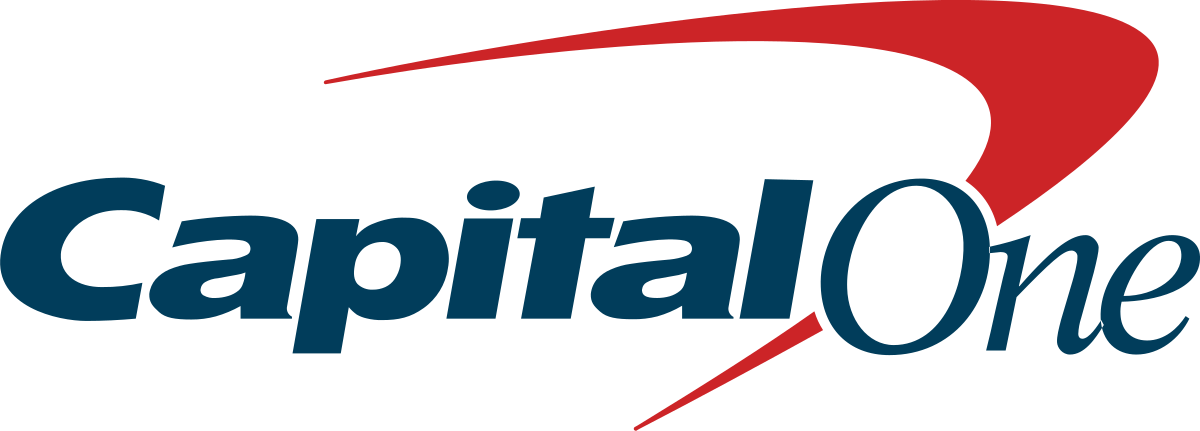
Effective Strategies for Managing Supportive Housing for Long-Term Success.
Resources for Housing Providers, Property Managers, and Case Managers

We thank Capital One for their generous support of this work.
How to Access Additional Subsidies for Supportive Housing
This guide provides recommendations for existing housing developments that may need additional subsidies to serve an extremely low-income supportive housing population. If you created a supportive housing development but there were not enough subsidies available at the time of opening, are using subsidies that expired (e.g. Tenant Based Rental Assistance - TBRA), or want to replace a current subsidy that does not allow rent increases with one that does, this guide is for you. Rental subsidies in supportive housing developments ensure affordability for residents while maintaining the project’s sustainability, bridging the gap between market rents and affordable rent for extremely low-income individuals and families. There are several government programs that support the inclusion of rental subsidies in supportive and affordable housing. Here are five approaches for owners and property managers to consider.
How to Request Rental and Operating Subsidy Increases
Rental and operating subsidies are critically important funding resources in supportive housing developments for people with extremely low incomes. Subsidies keep rents affordable while ensuring that the property owner has enough income to maintain and manage the property during the lifetime of the development. Subsidies ensure that tenants are less rent burdened by reducing their rent to no more than 30% of their income and that the building has sufficient revenue for operations. As operating expenses increase, the revenue for the building must keep pace to cover these costs. Supportive housing providers should have a practice and policy to request increases annually or as eligible. Receiving subsidy increases when eligible provides more revenue to pay for maintenance and repairs, and ensures the building has funds to safely and stably house residents. This guide helps you understand how to implement this practice and resources for program specific rules.
Supporting Tenants to Make Timely Rent Payments
Speaking with supportive housing tenants about their finances can be challenging and sometimes uncomfortable. Income and expenses are often very private and sensitive matters for people. Being clear, direct, and respectful can help with navigating these discussions and ensuring tenants understand their rental obligations. This document is meant to serve as a primer for supportive housing staff (services and property management) on how to assist tenants with paying rent on time and in full (and how to help them when they can’t).
A Case Study - Deborah's Place
If aging supportive housing properties are not properly maintained, they risk higher vacancy rates as tenants move out and fewer applicants want to move in. If buildings are not updated over time and aging materials are not replaced, growing maintenance and repairs can overwhelm a property as systems and materials fail. Using all the resources that are available to maintain properties over time is a critical approach to ensuring aging supportive housing properties are successful over time. Deborah's Place is a great example of successful supportive housing asset and property management.

Free Webinar Series - Navigating Operational Challenges in Supportive Housing
May 16, 23, & 30th
Recordings now available
Access the recordings by creating a free account on the CSH Training Center website.
Copyright © 2025 CSH All Rights Reserved.